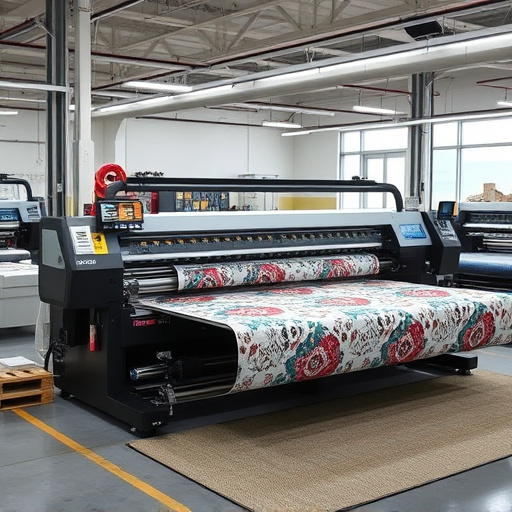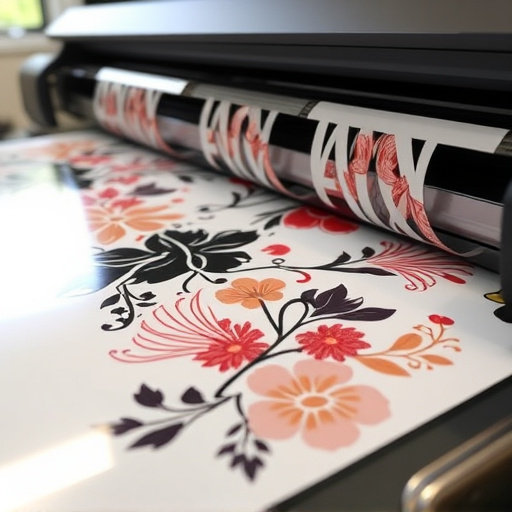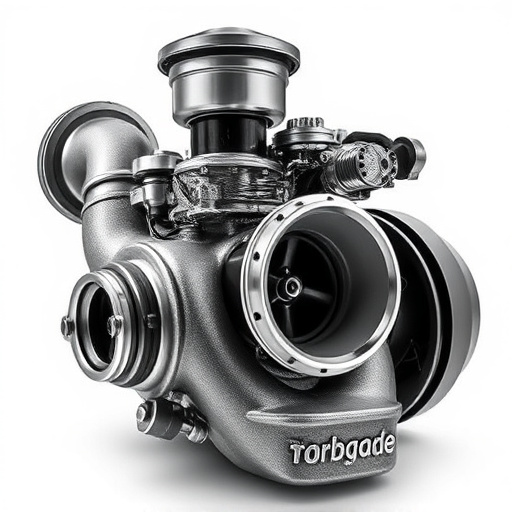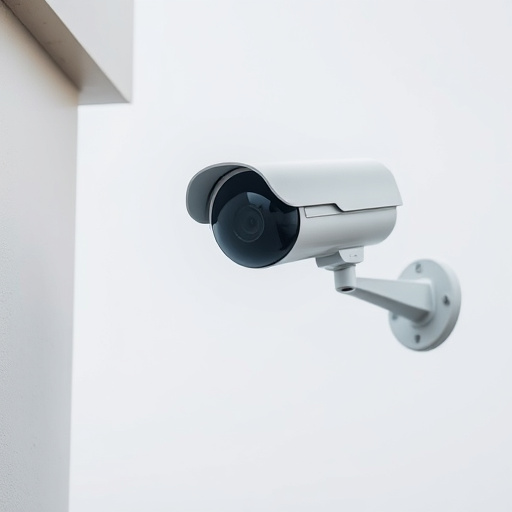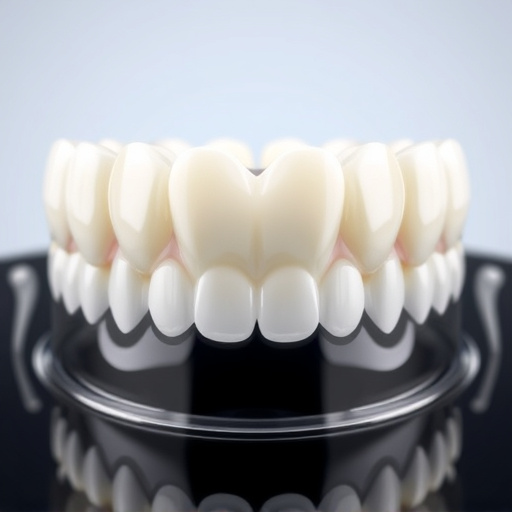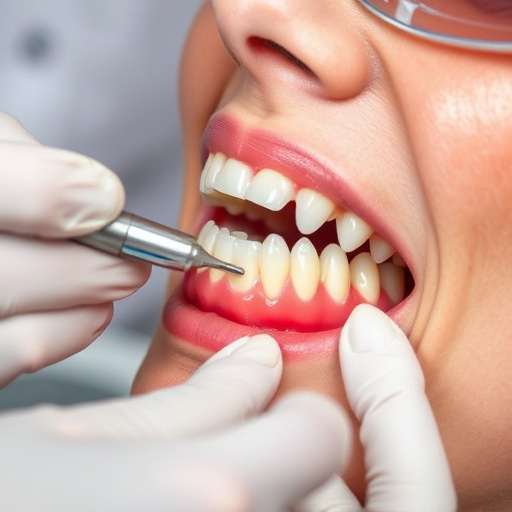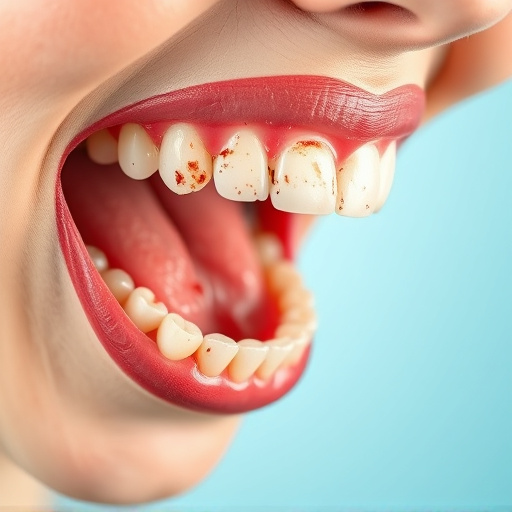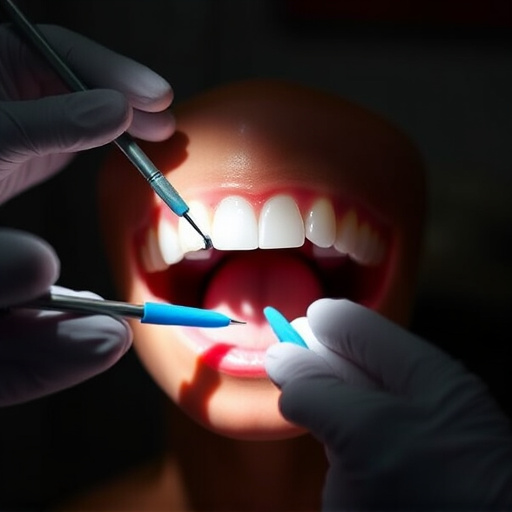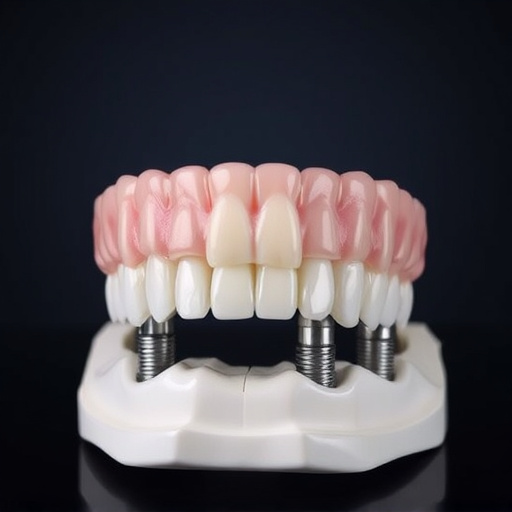Creating handicap accessible dental rooms is more than just legal obligation; it's a vital step towards equal access to oral healthcare for one in five Americans with disabilities. By designing or adapting spaces with wide doorways, ample clear floor space, lower counters, grab bars, and wheelchair access, dental practices can enhance comfort and confidence. This inclusivity expands the patient base and revolutionizes accessibility to procedures like cosmetic dentistry, dental bonding, and fillings, aligning with ethical healthcare practices.
In today’s inclusive society, ensuring every patient receives quality dental care is paramount. Handicap accessible dental rooms with spacious layouts play a pivotal role in achieving this goal. This article explores the significance of these adapted spaces, highlighting key features for optimal design and best practices for implementation. By understanding the essential elements that foster accessibility, dental offices can create welcoming environments that cater to all patients’ needs, promoting equal access to care.
- Understanding the Importance of Handicap Accessible Dental Rooms
- Key Features for Creating Spacious and Inclusive Dental Designs
- Best Practices for Implementing Handicap Accessible Layouts in Dental Offices
Understanding the Importance of Handicap Accessible Dental Rooms
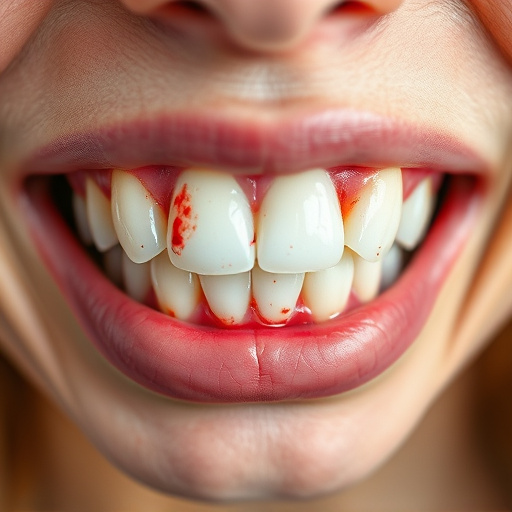
Creating handicap accessible dental rooms is not just a matter of compliance with building codes; it’s an essential step toward ensuring equal access to quality oral healthcare for all patients. In a world where one in five Americans lives with a disability, according to the CDC, dental practices must be designed or adapted to cater to these needs. This isn’t just about accommodating physical limitations; it’s also about fostering an environment that promotes comfort and confidence for individuals who might otherwise avoid dental care due to barriers.
By implementing spacious layouts, lower counters, and readily available assistive devices like grab bars and wheelchair access, dental offices can significantly improve the experience for patients with disabilities. Moreover, considering the additional time and attention required for certain procedures among this population, optimized room designs that accommodate various mobility needs also enhance efficiency. This inclusivity not only aligns with ethical healthcare practices but also opens doors to a wider patient base, including those who might otherwise be deterred by traditional dental settings—a move that could revolutionize the accessibility of cosmetic dentistry, dental bonding, and fillings for all.
Key Features for Creating Spacious and Inclusive Dental Designs
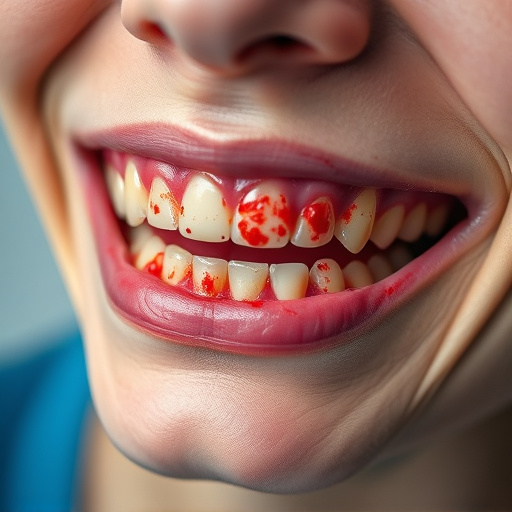
Creating handicap accessible dental rooms that are both spacious and inclusive requires careful consideration of several key features. First and foremost, wide doorways and ample space for wheelchairs or mobility aids is essential to ensure easy navigation for patients with physical disabilities. Additionally, low-level counters and adjustable chairs allow for greater accessibility, promoting comfort and independence during dental procedures.
Natural lighting and well-designed color palettes can significantly enhance the overall ambiance, making these spaces more welcoming. Incorporating elements of preventive dentistry, such as clear signage and easily accessible cleaning stations, further contributes to a positive experience. Moreover, considering cosmetic dentistry techniques that blend seamlessly with the overall design can enhance aesthetics without compromising accessibility, ultimately fostering a sense of confidence and comfort for all patients, regardless of their mobility needs.
Best Practices for Implementing Handicap Accessible Layouts in Dental Offices
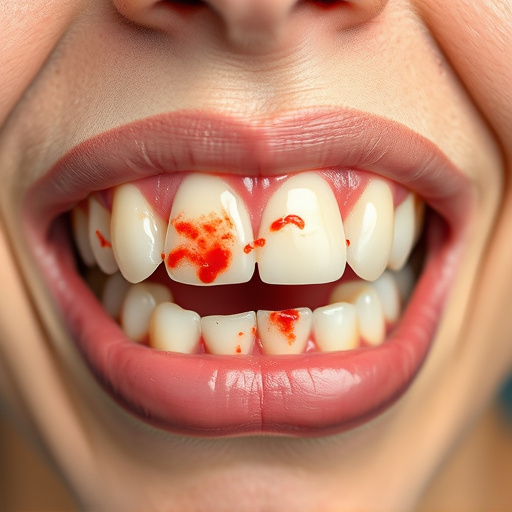
Creating handicap accessible dental rooms involves a thoughtful approach to ensure comfort and safety for all patients. Best practices include starting with a comprehensive assessment of the existing space, considering the specific needs of patients with disabilities, and implementing universal design principles. For instance, wide doorways, adequate clear floor space, and lower counters facilitate easy navigation in a wheelchair or walker.
Incorporating features like raised access points for sinks and toilets, grab bars, and non-slip flooring enhances accessibility. Additionally, strategic placement of dental equipment and furniture ensures that patients with limited mobility can comfortably access all services, including routine teeth cleaning and even procedures like wisdom tooth removal. These modifications not only comply with regulations but also promote a welcoming environment, providing comprehensive dental care to every patient.
Handicap accessible dental rooms are not just a legal requirement, but a vital aspect of inclusive healthcare design. By implementing spacious layouts and considering key features, dental offices can create an environment that is comfortable and welcoming for all patients, regardless of their physical abilities. Following best practices ensures compliance with standards while fostering a sense of dignity and independence for those who need it most. Embracing these principles not only enhances patient experience but also positions dental offices as leaders in accessible healthcare.
